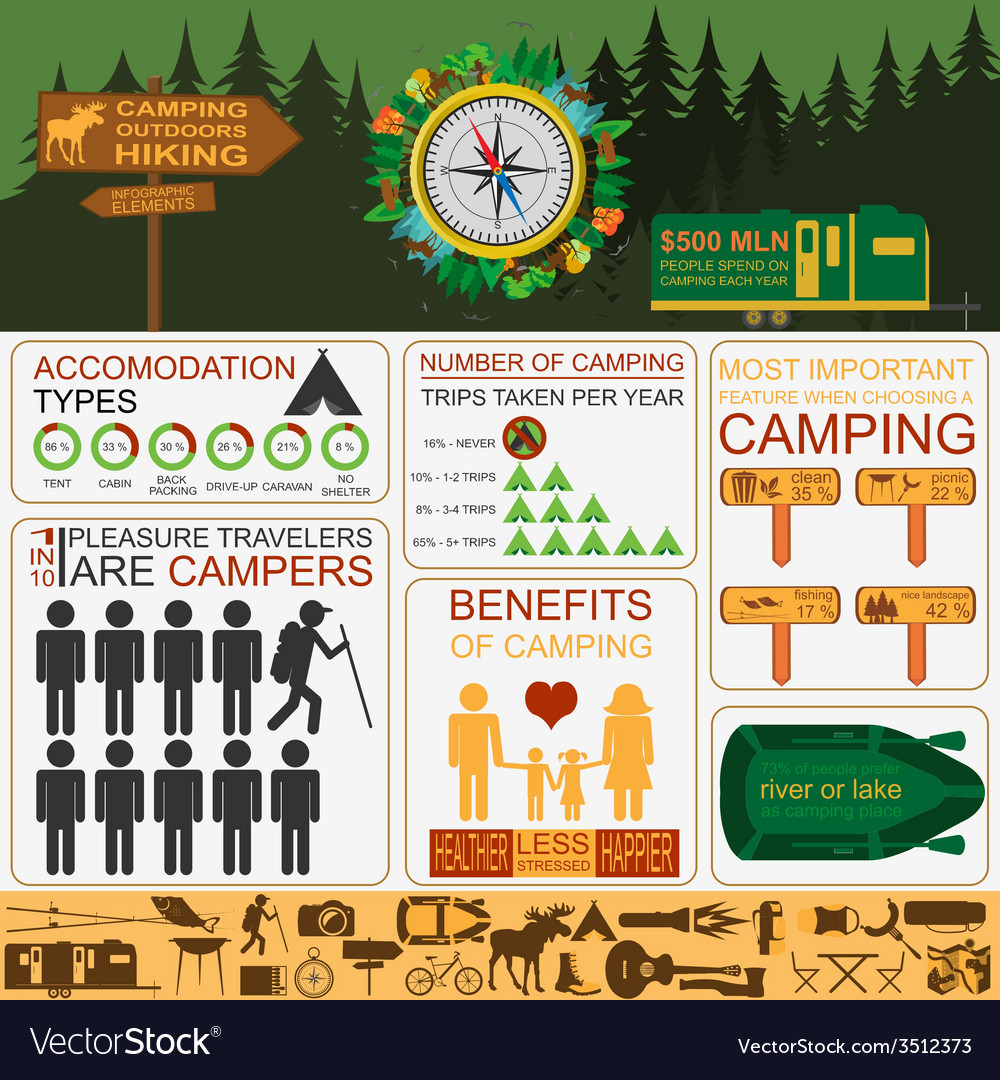Winter camping is a fun and adventurous experience, however it needs appropriate equipment to guarantee you remain cozy. You'll require a close-fitting base layer to trap your body heat, along with an insulating jacket and a water-proof shell.
You'll also require snow risks (or deadman anchors) hidden in the snow. These can be linked utilizing Bob's brilliant knot or a regular taut-line hitch.
Pitch Your Outdoor tents
Winter camping can be a fun and adventurous experience. However, it is essential to have the proper gear and know just how to pitch your outdoor tents in snow. This will certainly avoid cold injuries like frostbite and hypothermia. It is also important to consume well and remain hydrated.
When setting up camp, ensure to pick a website that is protected from the wind and without avalanche risk. It is also an excellent concept to pack down the area around your outdoor tents, as this will certainly help reduce sinking from body heat.
Prior to you established your camping tent, dig pits with the exact same size as each of the anchor points (groundsheet rings and man lines) in the facility of the outdoor tents. Load these pits with sand, rocks or even stuff sacks filled with snow to compact and protect the ground. You may additionally intend to consider a dead-man anchor, which involves tying camping tent lines to sticks of wood that are buried in the snow.
Pack Down the Location Around Your Camping tent
Although not a requirement in the majority of locations, snow risks (additionally called deadman supports) are an excellent addition to your tent pitching kit when camping in deep or compressed snow. They are essentially sticks that are developed to be buried in the snow, where they will freeze and create a strong support factor. For ideal outcomes, make use of a clover drawback knot on the top of the stick and hide it in a couple of inches of snow or sand.
Set Up Your Camping tent
If you're camping in snow, it is a great idea to use a tent made for winter backpacking. 3-season outdoors tents function great if you are making camp listed below tree zone and not expecting especially severe weather condition, but 4-season tents have tougher posts and textiles and use more security from wind and hefty snowfall.
Make sure to bring ample insulation for your sleeping bag and a cozy, dry blow up mat to sleep on. Blow up mats are much warmer than foam and personalized canvas bag aid avoid cool spots in your outdoor tents. You can likewise include an extra floor covering for sitting or cooking.
It's additionally a great concept to set up your camping tent close to a natural wind block, such as a team of trees. This will make your camp extra comfortable. If you can not discover a windbreak, you can develop your own by excavating openings and burying items, such as rocks, tent stakes, or "dead man" supports (old tent person lines) with a shovel.
Restrain Your Tent
Snow risks aren't necessary if you utilize the appropriate techniques to anchor your outdoor tents. Buried sticks (perhaps accumulated on your approach walking) and ski posts work well, as does some version of a "deadman" hidden in the snow. (The concept is to create an anchor that is so solid you won't be able to draw it up, despite having a lot of effort.) Some makers make specialized dead-man supports, but I like the simpleness of a taut-line drawback tied to a stick and after that hidden in the snow.
Be aware of the terrain around your camp, particularly if there is avalanche threat. A branch that falls on your tent might harm it or, at worst, wound you. Also be wary of pitching your camping tent on an incline, which can trap wind and result in collapse. A sheltered location with a reduced ridge or hillside is better than a steep gully.
